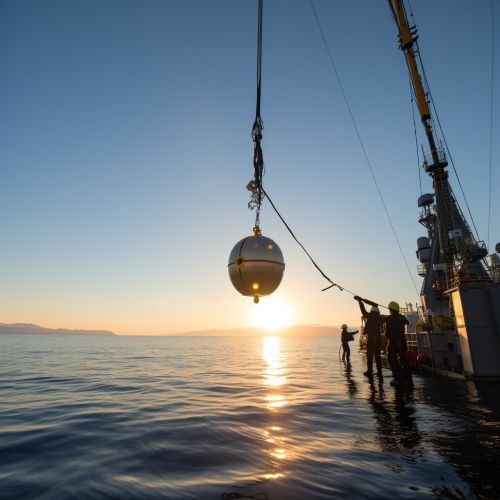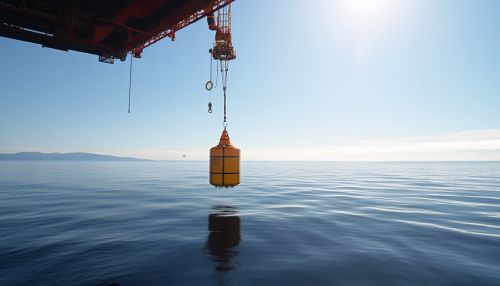CTD Sensors: Conductivity, Temperature, and Depth
Introduction
CTD sensors are a type of oceanographic instrument used to measure the conductivity, temperature, and depth of seawater. These parameters are fundamental to the understanding of the physical properties of the ocean and its biological productivity. CTD sensors are typically deployed on research vessels or autonomous underwater vehicles, and are used in a variety of scientific and commercial applications.


Conductivity
Conductivity is a measure of the ability of a material to conduct electric current. In the context of oceanography, it is used to determine the salinity of seawater. Salinity is a critical parameter in the study of ocean circulation and climate modeling, as it influences the density and hence the movement of seawater. The conductivity of seawater is measured using a conductivity sensor, which typically consists of a cell with four electrodes. An alternating current is passed between the outer electrodes, and the potential difference between the inner electrodes is measured. This potential difference is proportional to the conductivity of the seawater.
Temperature
The temperature of seawater is measured using a thermistor, a type of resistor whose resistance changes with temperature. The thermistor is typically housed in a protective casing to shield it from the pressure of the deep ocean. Temperature is a critical parameter in the study of ocean circulation, as it influences the density of seawater. Changes in seawater temperature can also have significant impacts on marine life and climate.
Depth
The depth of the CTD sensor is typically determined using a pressure sensor. The pressure at a given depth in the ocean is directly proportional to the weight of the overlying column of water. Therefore, by measuring the pressure, the depth of the sensor can be determined. Depth information is critical for understanding the vertical structure of the ocean and the distribution of physical and biological properties with depth.
Data Collection and Processing
During a typical CTD cast, the sensor package is lowered from the research vessel into the ocean. As the package descends, the CTD sensors continuously measure conductivity, temperature, and depth. This data is transmitted to the surface in real-time via a conducting cable. Once the data is collected, it is processed to derive additional parameters such as salinity, sound speed, and density. This processed data is then used in a variety of scientific analyses, including the study of ocean circulation, climate modeling, and marine ecosystem studies.
Applications
CTD sensors are used in a wide range of scientific and commercial applications. They are a fundamental tool in physical oceanography, providing critical data for the study of ocean circulation and climate modeling. In biological oceanography, CTD data is used to understand the distribution of marine life and the factors that influence its productivity. Commercially, CTD sensors are used in the offshore oil and gas industry to monitor seawater properties for operational and environmental purposes.
